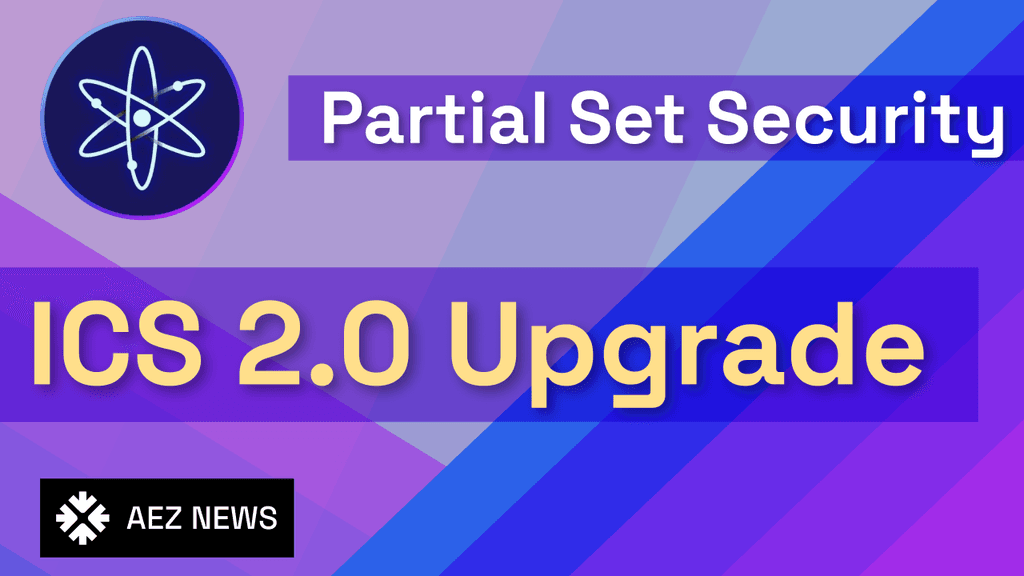Introduction
Orderly Network is a decentralized trading infrastructure designed to optimize the speed, liquidity, and cost-effectiveness of decentralized exchanges (DEXs). Leveraging an advanced orderbook design, it offers a range of trading services that cater to both retail and institutional traders, including perpetual futures, staking mechanisms, and market-making rewards. The platform also enables developers to build DeFi applications with enhanced trading capabilities, integrating seamlessly with existing decentralized protocols.
Orderly Network distinguishes itself by offering a scalable infrastructure that can handle high volumes of trades, ensuring minimal slippage and low fees. The platform is powered by its native token O, which plays a central role in governance, staking, and liquidity provisioning.
Background and History
Orderly Network was conceived as a response to inefficiencies within existing DEX infrastructures, which often suffer from liquidity shortages, high fees, and slow execution times. By developing a robust orderbook-based trading system, Orderly aims to provide a solution that rivals centralized exchanges in terms of performance while maintaining the trustless nature of decentralized systems.
The platform has quickly gained traction in the decentralized finance (DeFi) space by offering a comprehensive set of tools for both traders and developers. With its emphasis on flexibility, Orderly allows users to trade a wide range of assets across supported blockchains, using a variety of trading instruments like perpetual futures and margin trading.
Key Features and Technologies
Advanced Orderbook Design
At the heart of Orderly’s infrastructure is its advanced orderbook, which supports a wide range of trading strategies. The orderbook is designed to handle high volumes of trades while maintaining low latency, ensuring that users can execute trades quickly and efficiently. The platform supports multiple order types, including limit orders and market orders, giving traders more flexibility in executing their strategies.
-
Order Types and Fees: Orderly Network allows traders to place limit orders, market orders, and more complex order types, each optimized for speed and cost-efficiency. This flexibility ensures traders can minimize slippage while executing large trades.
-
Orderbook Structure: The platform’s orderbook matches buy and sell orders with minimal latency, ensuring high liquidity for users. This feature positions Orderly Network as a strong alternative to centralized exchanges.
Perpetual Futures and Margin Trading
Orderly Network also supports perpetual futures, allowing users to take leveraged positions on various assets. With perpetual futures, traders can maintain positions indefinitely without needing to roll contracts over, making it an attractive option for users looking to engage in long-term speculative trading.
-
Margin Trading: Traders can use leverage to increase their market exposure without needing to hold the full value of their positions, maximizing their potential profits while minimizing upfront costs.
-
Insurance Fund and ADL: The platform offers an insurance fund and automatic deleveraging (ADL) mechanism to protect against losses during periods of extreme volatility.
O Token and Staking
The native token, O, serves multiple purposes within the Orderly Network ecosystem. Users can stake their O tokens to earn rewards and gain governance rights. The staking system also plays a critical role in liquidity provision, as users who stake their tokens contribute to the platform’s liquidity pools and receive a portion of the trading fees in return.
-
Staking Rewards: Users who stake O tokens are rewarded with additional tokens based on the amount they’ve staked and the duration of their staking period.
-
Governance: Token holders can participate in governance by voting on key decisions, such as protocol upgrades and the distribution of rewards.
Market-Making and Trading Rewards
To further enhance liquidity and incentivize participation, Orderly Network offers market-making rewards. Market makers who provide liquidity to the platform are rewarded with a portion of the trading fees generated by their liquidity pools.
-
Trading Rewards: In addition to market-making rewards, traders on the platform can earn rewards based on their trading volume and activity.
-
Retroactive Airdrop: Orderly Network also launched a retroactive airdrop for early users and liquidity providers, further incentivizing long-term participation in the ecosystem.
Usage and Applications
Orderly Network’s infrastructure is designed to support various use cases across the decentralized finance space:
-
Retail and Institutional Trading: The platform’s low-latency, high-liquidity infrastructure makes it ideal for both retail and institutional traders looking to execute complex trades on decentralized markets.
-
DeFi Development: Orderly provides developers with a robust API and integration tools, allowing them to build decentralized applications (dApps) on top of its trading infrastructure.
-
Liquidity Provision: Liquidity providers can earn rewards by staking O tokens or participating in market-making activities, ensuring the platform remains liquid and efficient.
Governance and Tokenomics
Orderly Network is governed by its community through a decentralized governance model. O token holders can participate in protocol governance by voting on proposals that affect the platform’s future development and reward distribution.
-
Tokenomics: The platform’s tokenomics are designed to ensure long-term sustainability, with a focus on incentivizing liquidity provision and rewarding active traders. O tokens are distributed through staking rewards, trading incentives, and market-making rewards.
-
Emission Schedule: The platform has a defined distribution and emission schedule for the O token, ensuring that supply is controlled and rewards are distributed fairly.
Relevant Metrics and Data
-
Liquidity Growth: Orderly Network has seen consistent growth in liquidity, with more traders and liquidity providers participating in its staking and market-making programs.
-
Token Metrics: The O token has gained traction in the DeFi space, with increasing usage in governance, staking, and liquidity provision.







